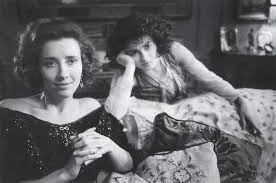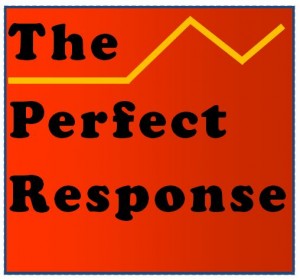Novelists have the advantage of building a story around thoughts not expressed in outward behavior.
A recent novel reviewed in the New York Times portrays a 15-year-old plagued by panic attacks. Micheal Clune has certainly written a timely book. But the review made me wonder if a more direct route to the subject would be a work of non-fiction, building on a growing body of research documenting the strains of growing up in our fractured culture. The thought came up because I find ther subject interesting, even though I’m typically not a reader of fiction. I seem to find enough excitement and mayhem in descriptions of real American life.
But I have changed my mind. On second thought, the novel that I still need to read probably allows better access to the plausible intrapersonal chatter that happens within key figures. A leap into a subject’s interiority is so much easier for a storyteller. Especially in a bright but terrified teen, the clearest lens capturing their world is surely all of those unspoken but felt impressions ehat can be written into a narrative. Novelists devise all kinds of clever ways to let us eavesdrop, either through the words of a narrator, or in first-person thoughts passed only to the reader.
As a parent and a former occupant of a much younger body, it is still easy to remember how opaque we sometimes were to parents and other adults. In adolesence moody silence is almost the norm. At least it was true for my brother and me. I can remember my parents grasping for any information about whether we enjoyed a date or party. There are sometimes exceptions, as seen in Richard Linklater’s fascinating multi-year narrative, Boyhood (2014). But a nearly mute adolescent male is a familiar type.
![]() The Brookings Institution’s Richard Reeves has coined the term “male malaise” to describe the challenging odds young men face in realizing the American Dream, with its legacy of earning a spot on the culture’s ladder of success. In addition, boys are encouraged to model heroes shown to act aggressively but explain very little. It fits that classic actors like Marlon Brando, Steve McQueen and Sylvester Stallone were known to cut lines from their scripts, flexing all of their muscles except their vocal cords. Likewise, we have never seen a “wordy” John Wayne film. To be sure, these are old examples, but Hollywood has always favored capturing the visual demeanor of characters more than their lines. It follows that the cinematic idea of getting ahead still oversells male machismo and superhuman power.
The Brookings Institution’s Richard Reeves has coined the term “male malaise” to describe the challenging odds young men face in realizing the American Dream, with its legacy of earning a spot on the culture’s ladder of success. In addition, boys are encouraged to model heroes shown to act aggressively but explain very little. It fits that classic actors like Marlon Brando, Steve McQueen and Sylvester Stallone were known to cut lines from their scripts, flexing all of their muscles except their vocal cords. Likewise, we have never seen a “wordy” John Wayne film. To be sure, these are old examples, but Hollywood has always favored capturing the visual demeanor of characters more than their lines. It follows that the cinematic idea of getting ahead still oversells male machismo and superhuman power.
Novels exploring the psychology of their characters also have the additional advantage of escaping the dilemma of dwelling on less than flattering revelations about an actual person. Autobiographies, for example, are not known for their frank candor. We have narrative characters to fill the gap. What lurks in the darkest corner of a story can be played out without an unwanted trail of thoughts leading back to a person still with us. If, as Ralph Waldo Emerson said, “Fiction reveals truth that reality obscures,” it is because the tools of narrataion can make what is hidden more transparent. The old saw passed on to new writers to reveal characters through actions rather than description makes sense. But a writer can facilitate a character’s interiority in so many interesting ways. In her book for would-be authors (Bird by Bird, 1995) Anne Lamott notes that “we write to expose the unexposed.”
If there is one door in the castle you have been told not to go through, you must. Otherwise, you’ll just be rearranging furniture in rooms you’ve already been in. Most human beings are dedicated to keeping that one door shut. But the writer’s job is to see what’s behind it, to see the bleak unspeakable stuff, and to turn the unspeakable into words. . .
![]()


